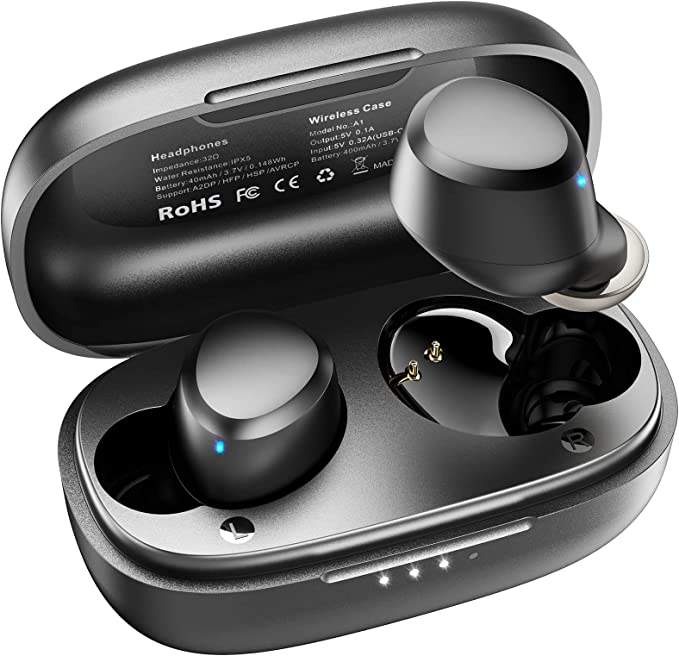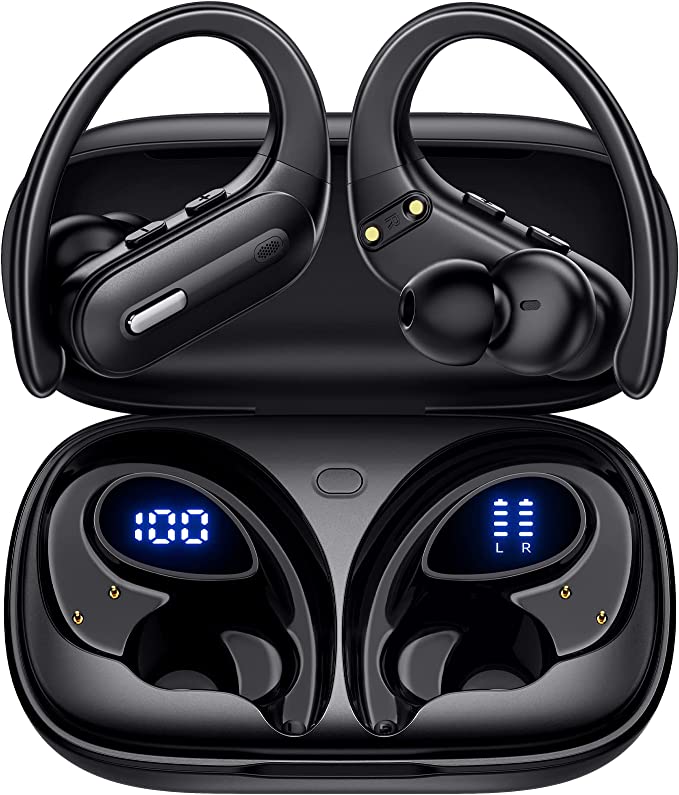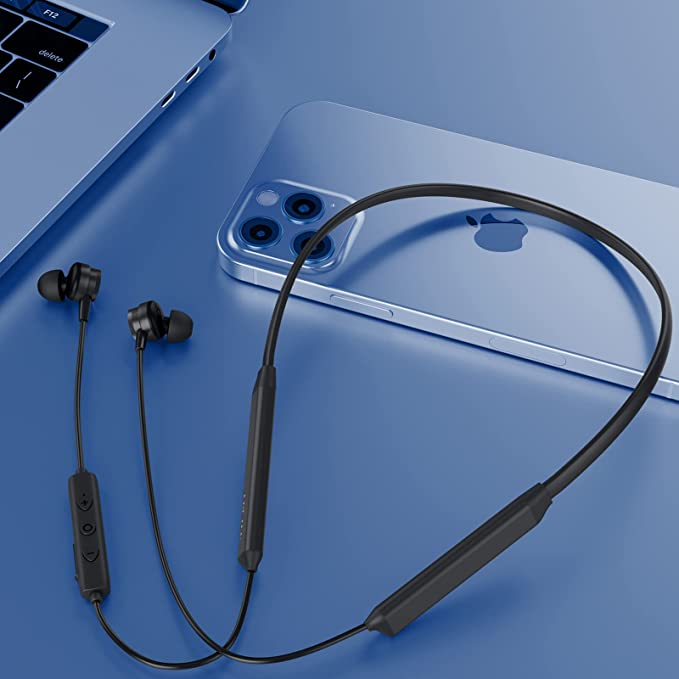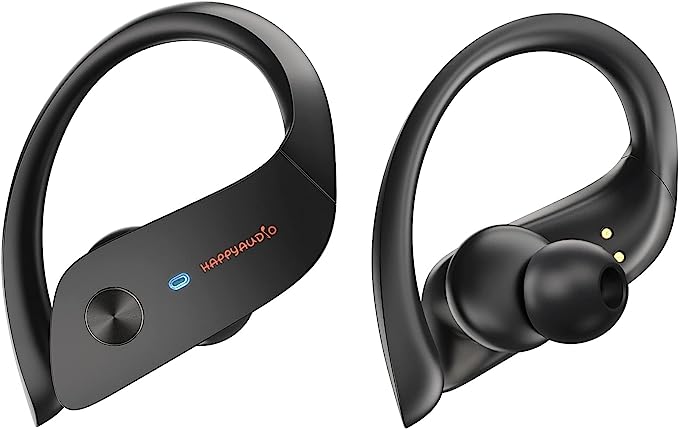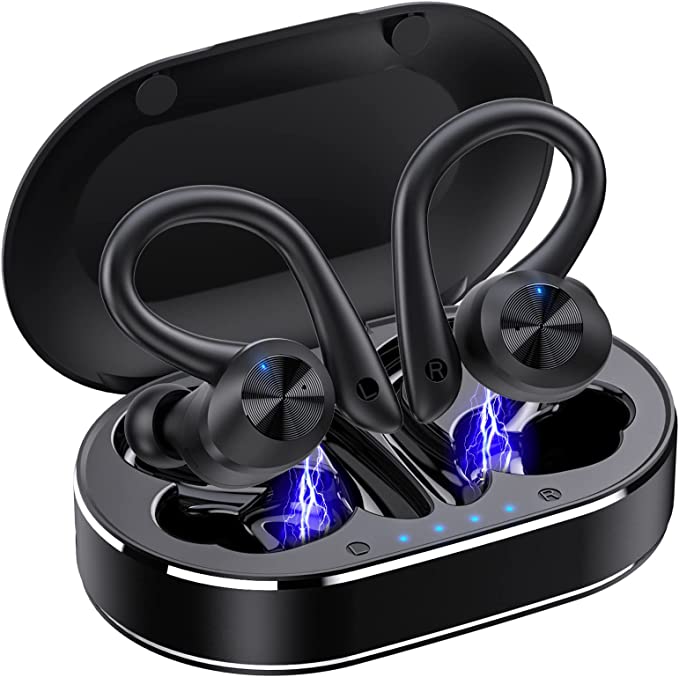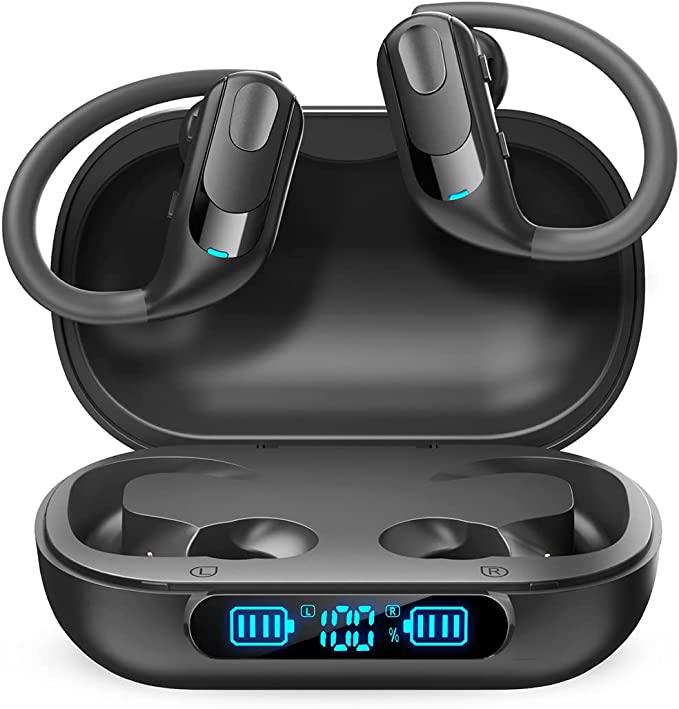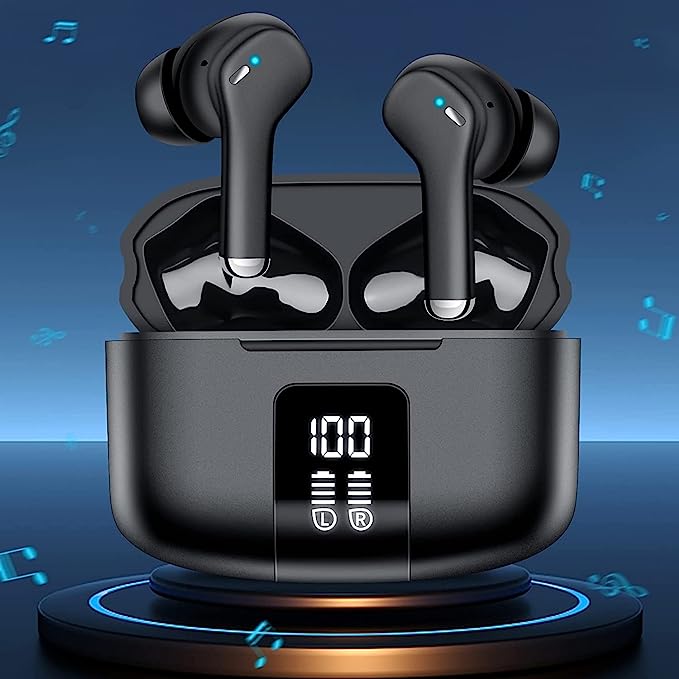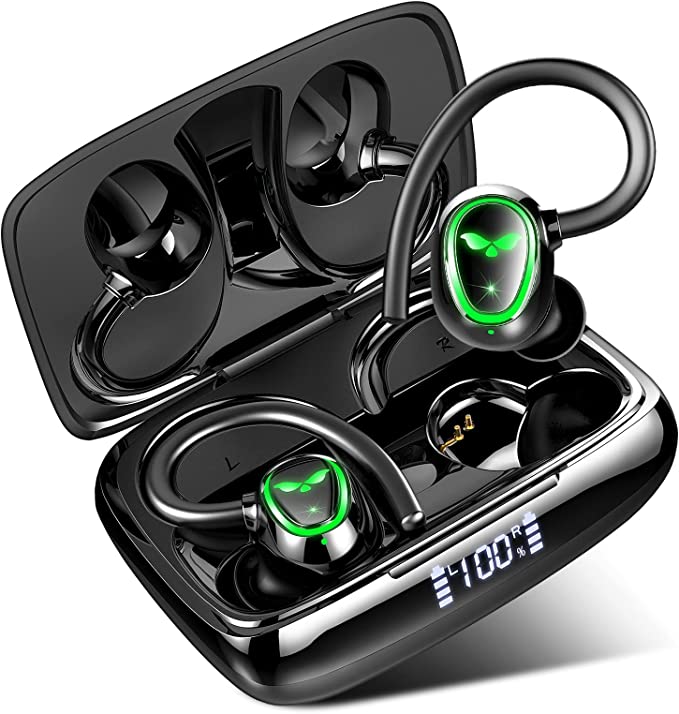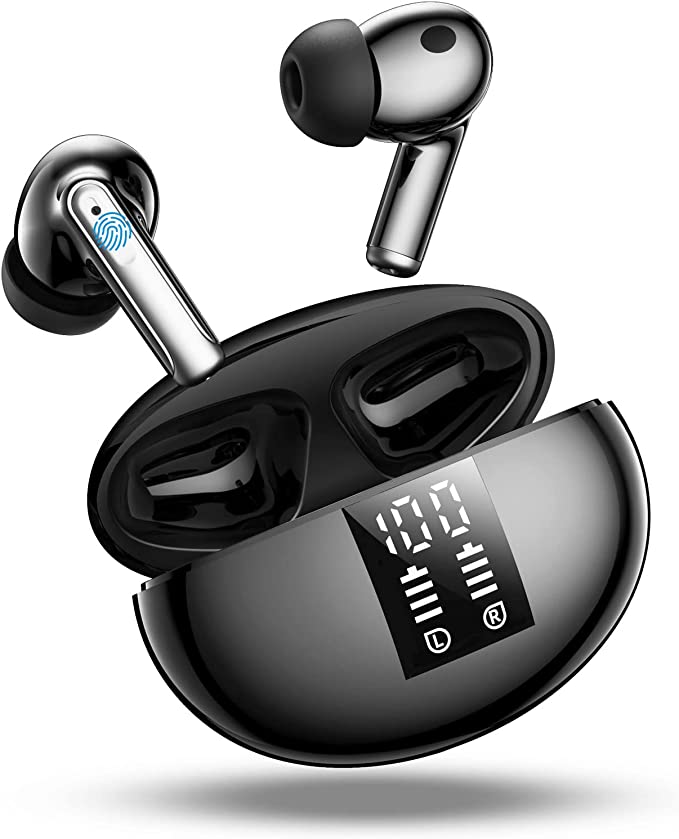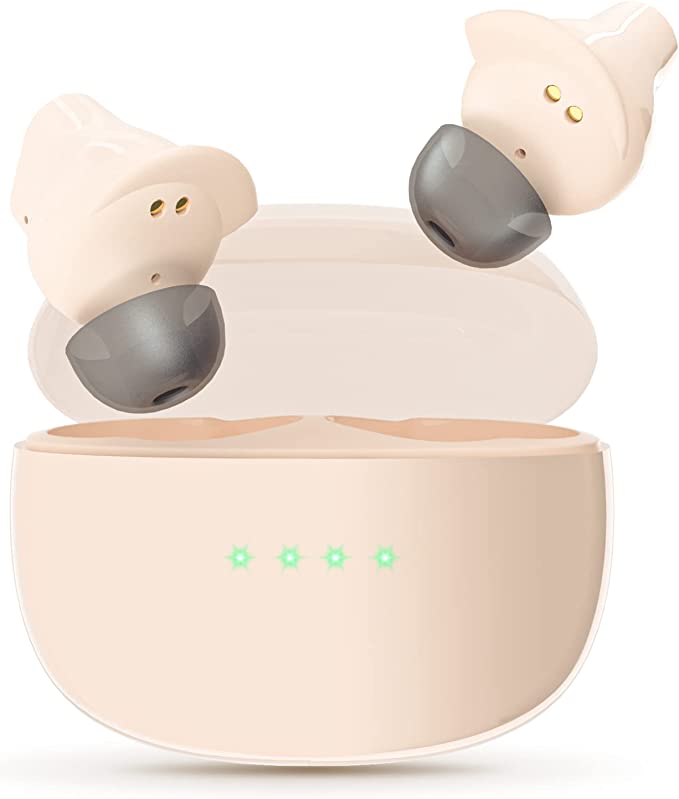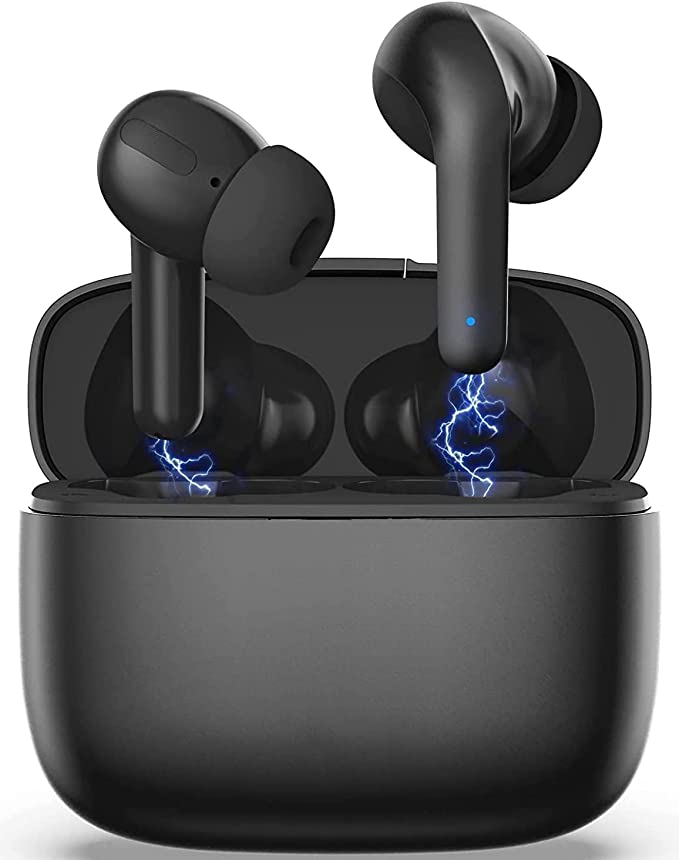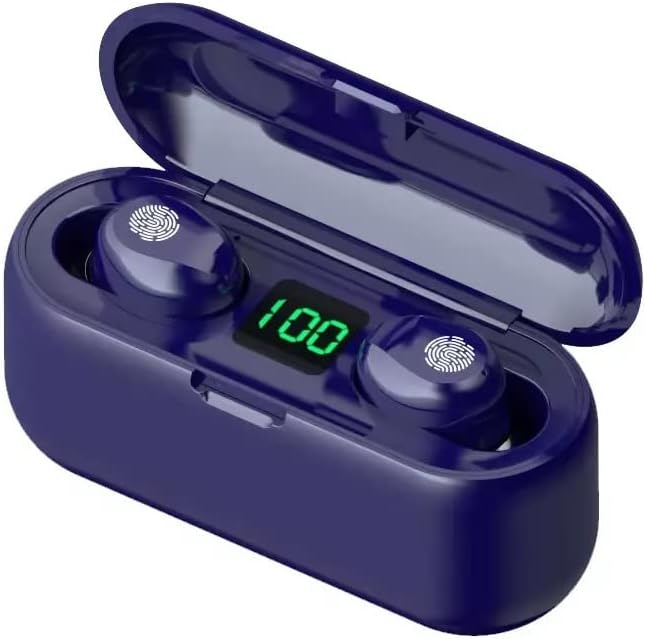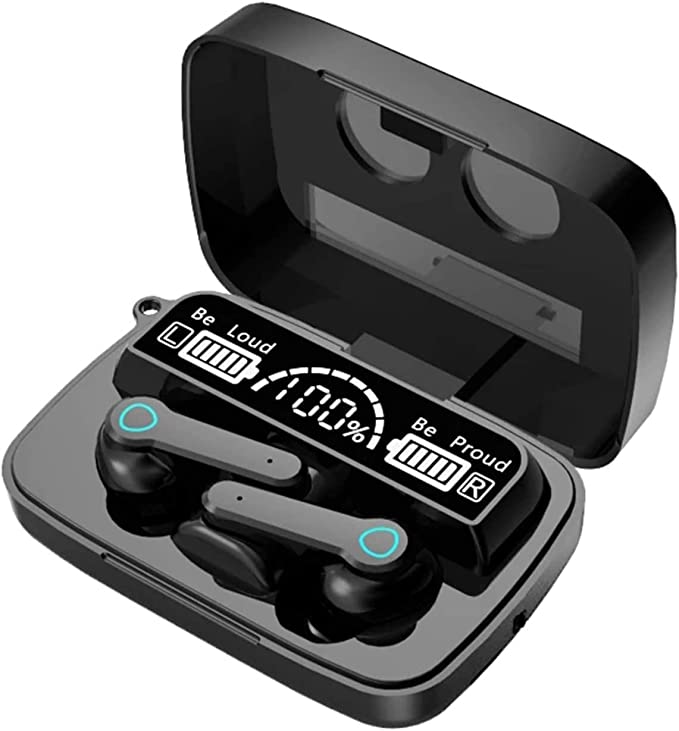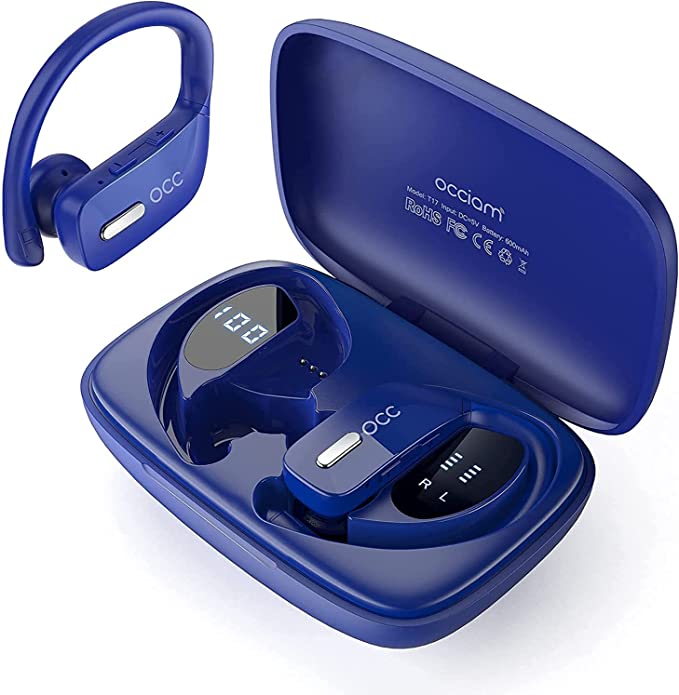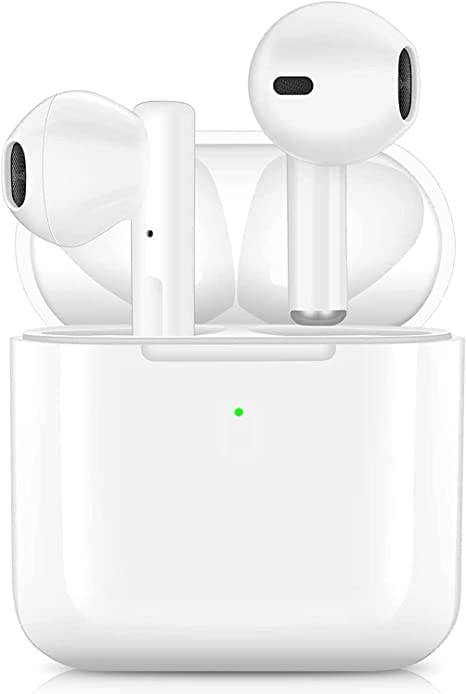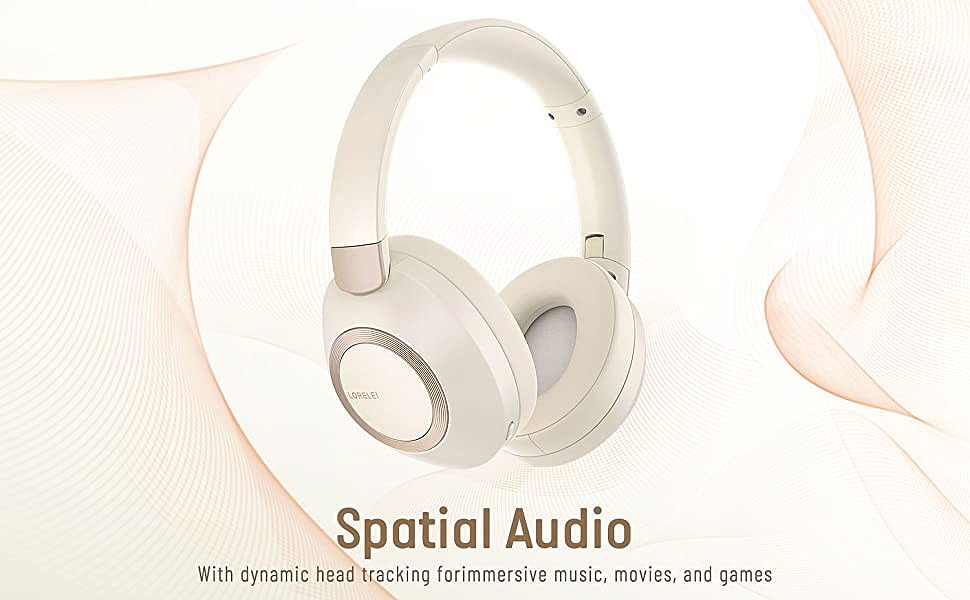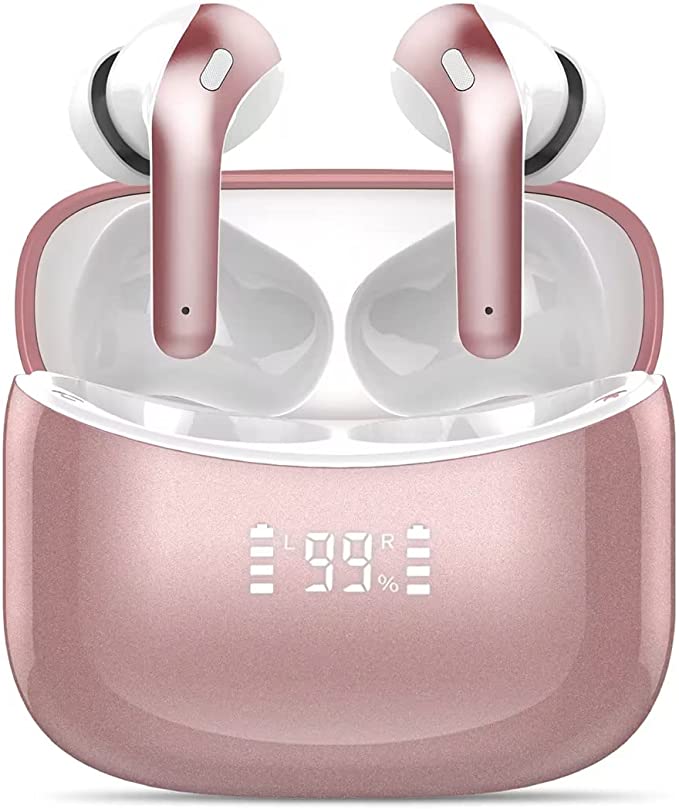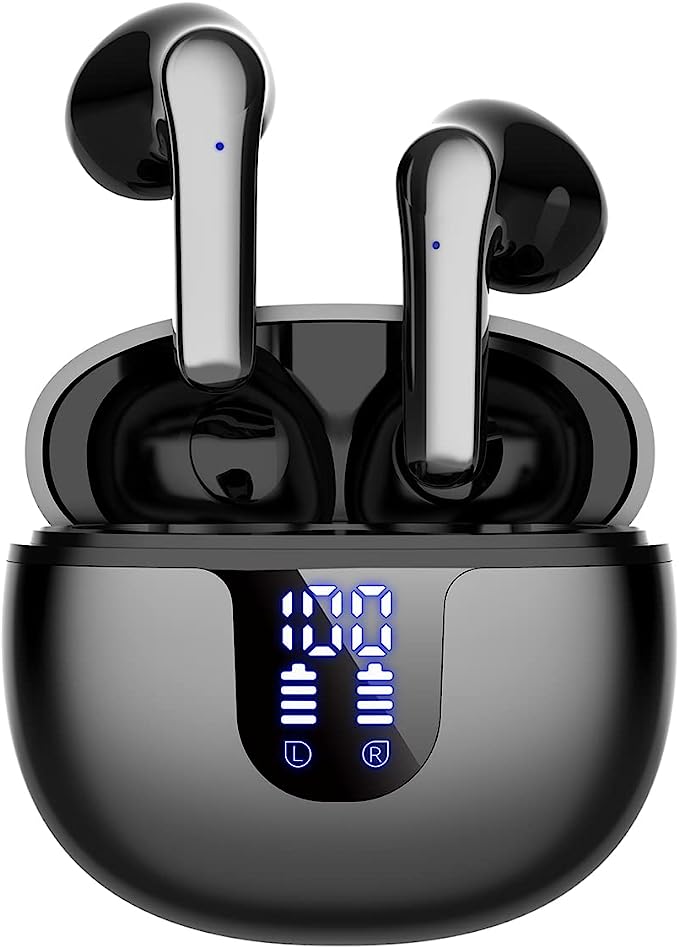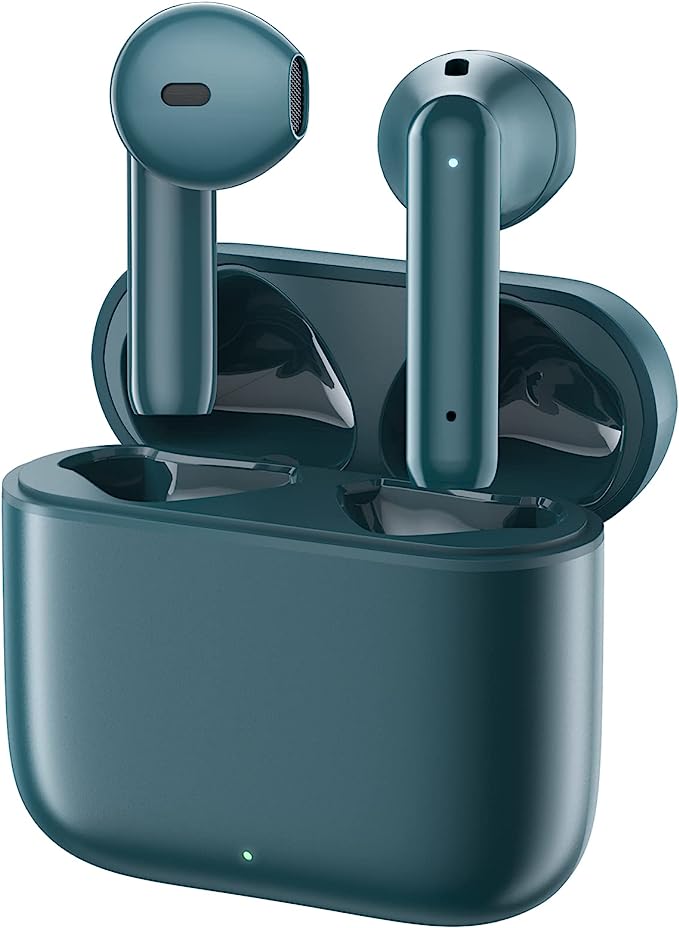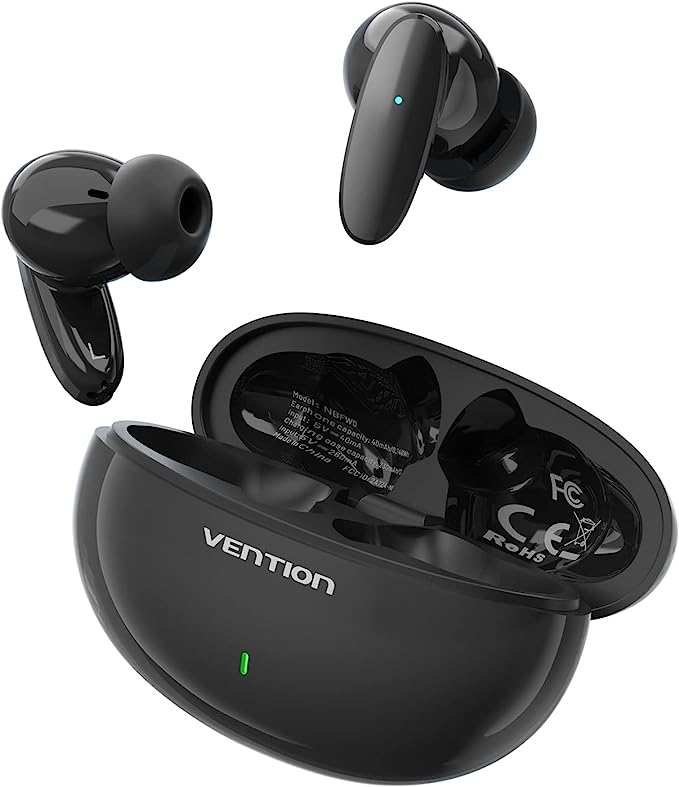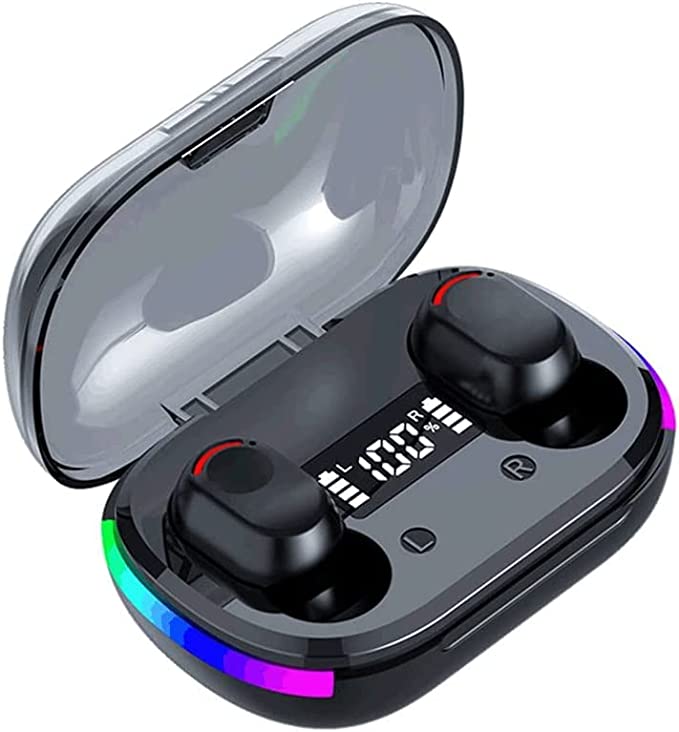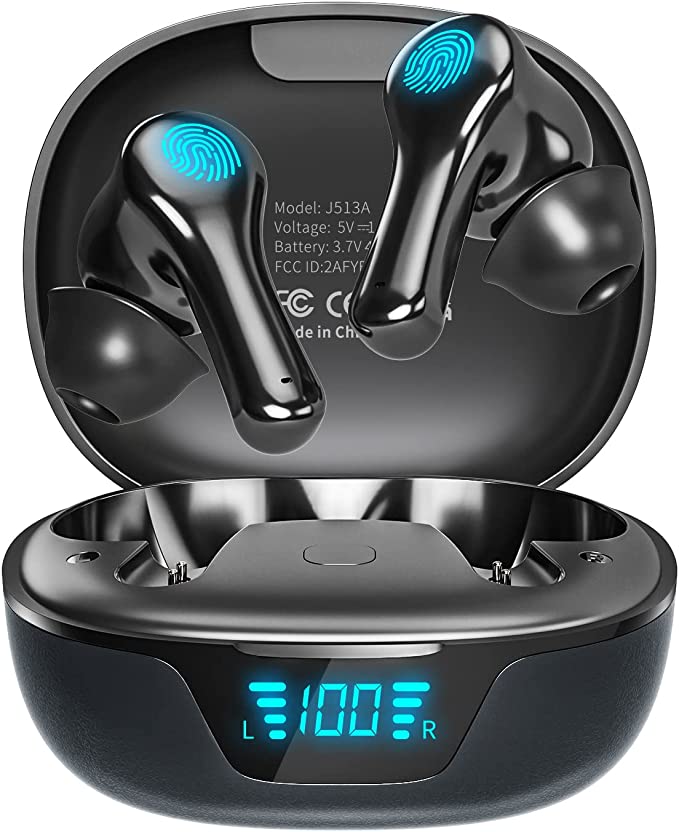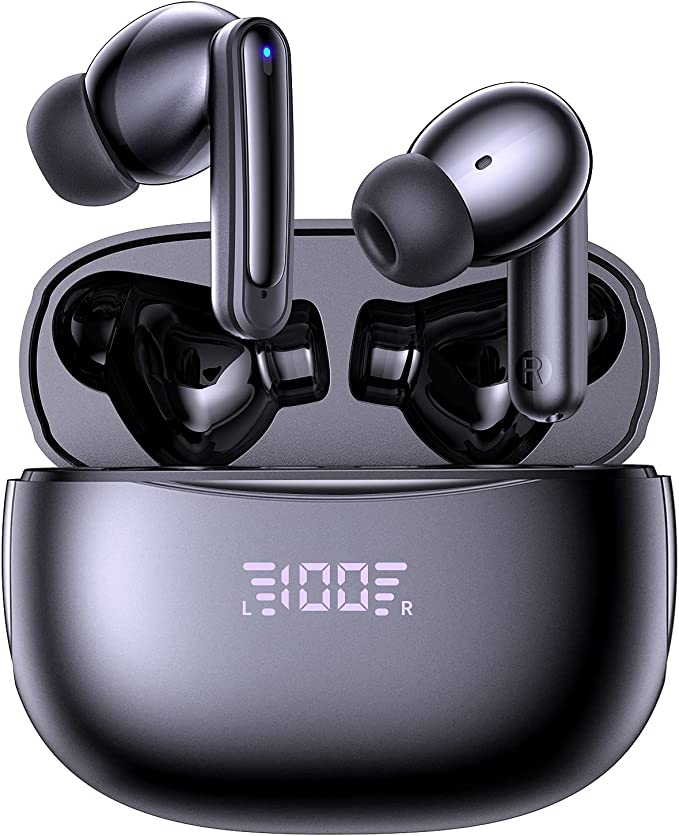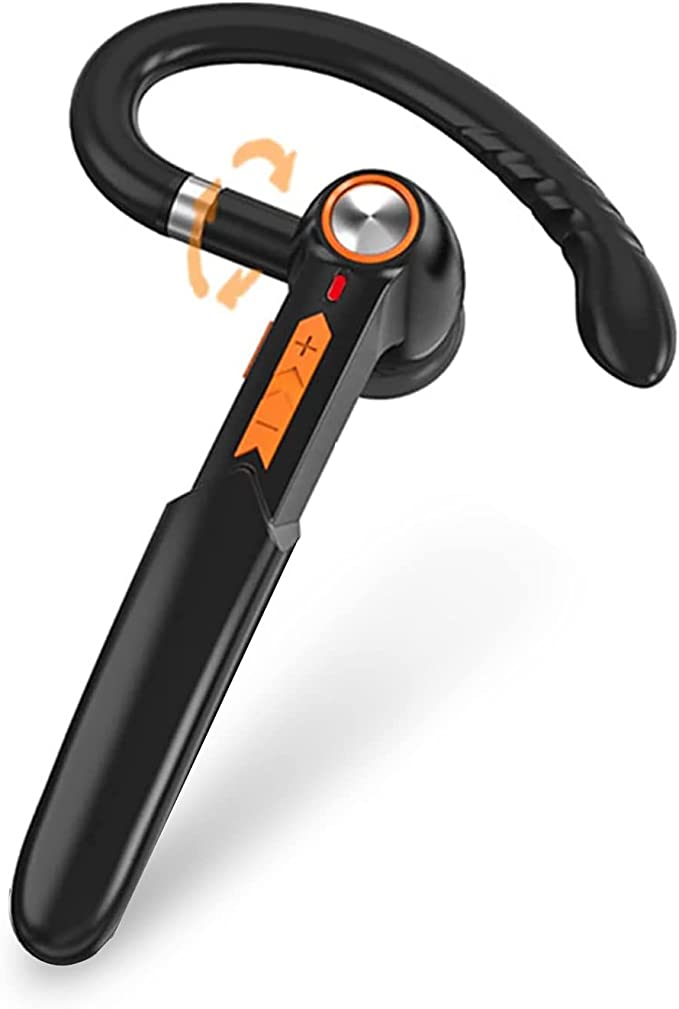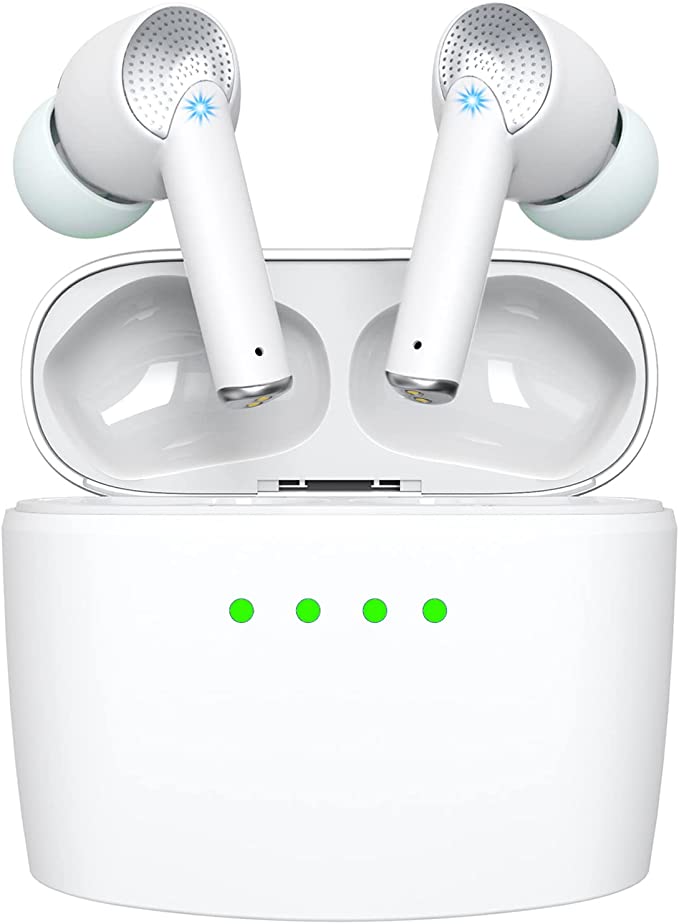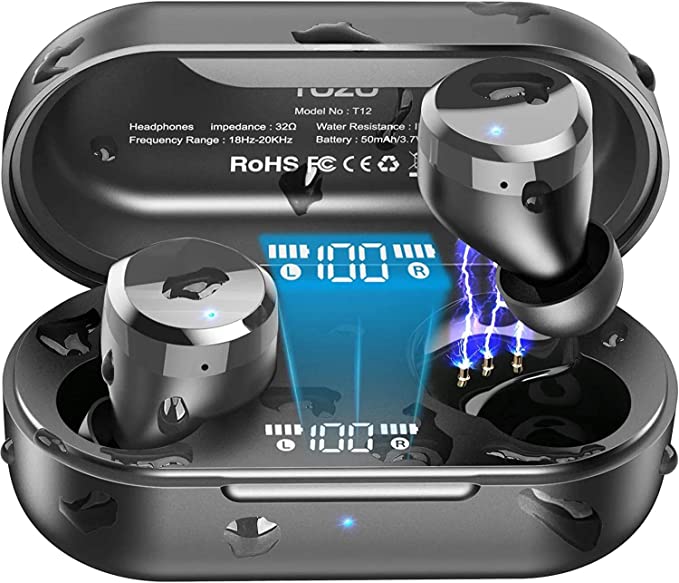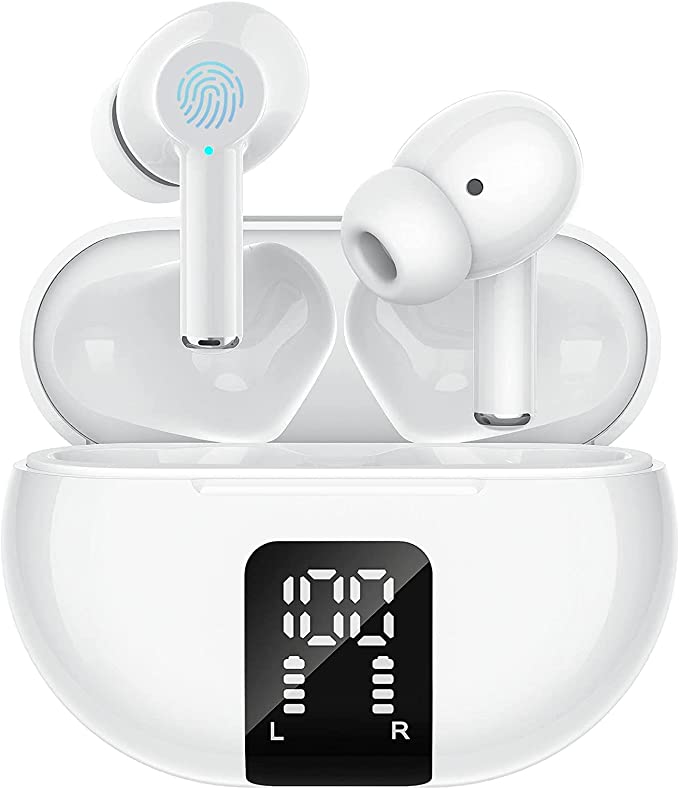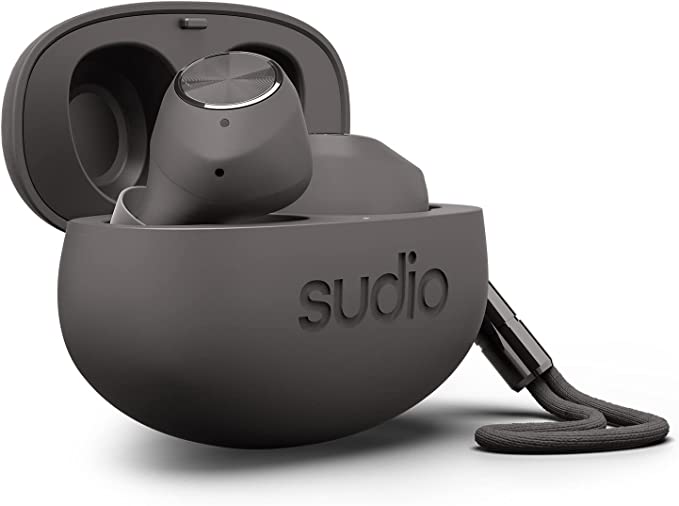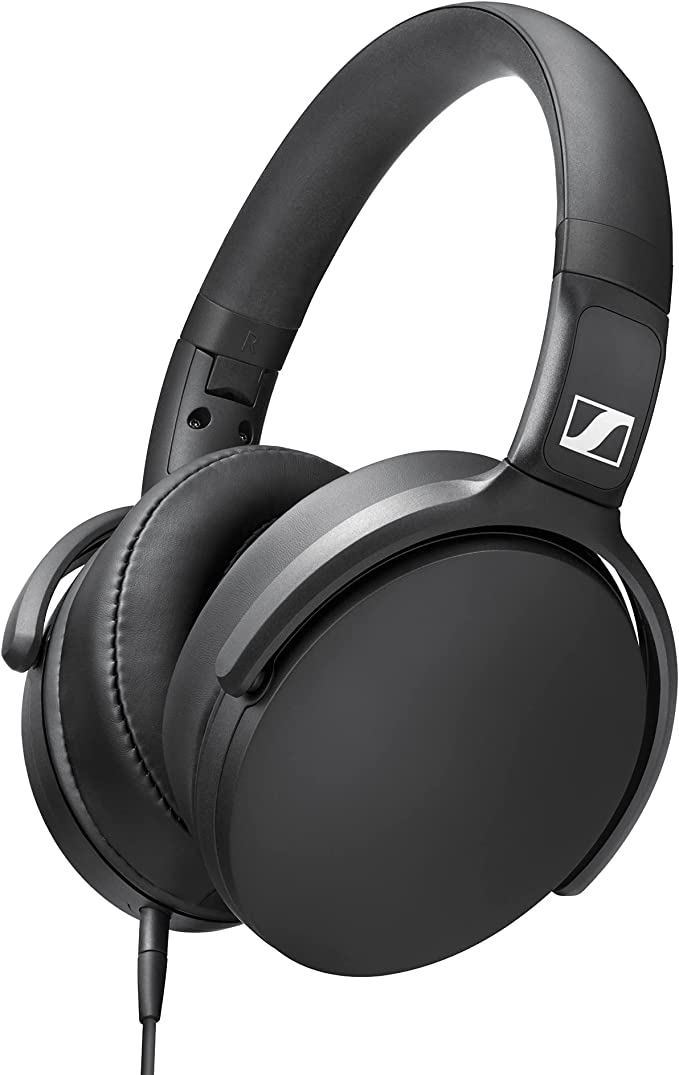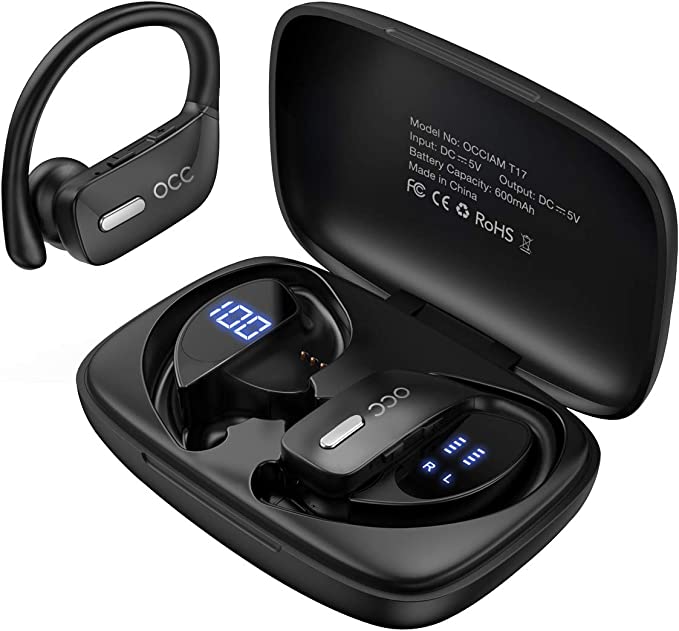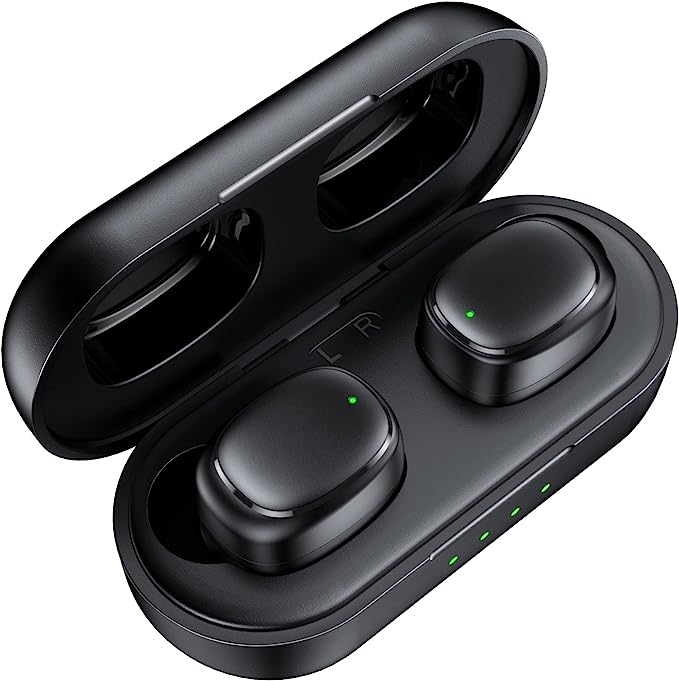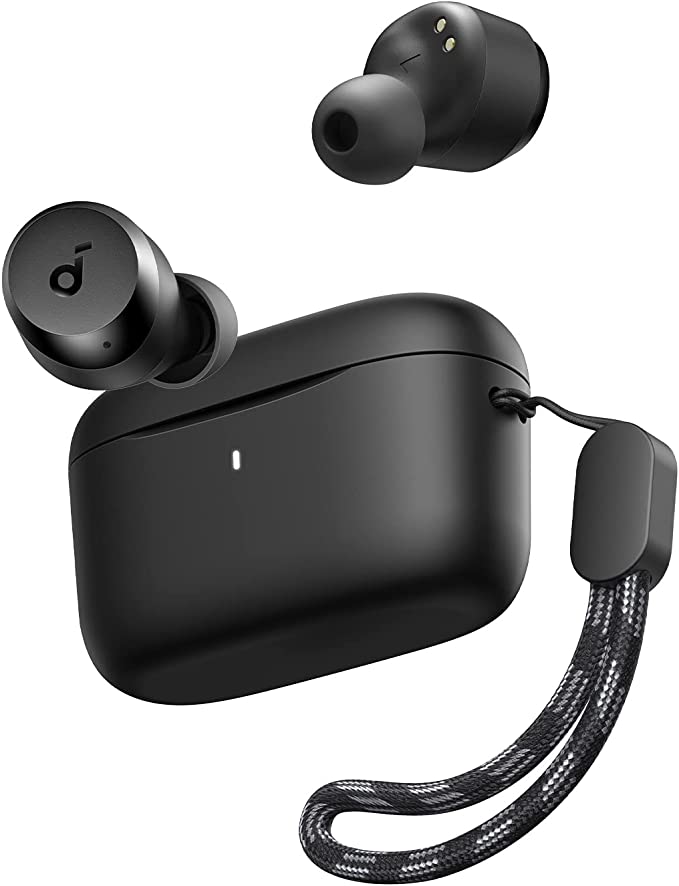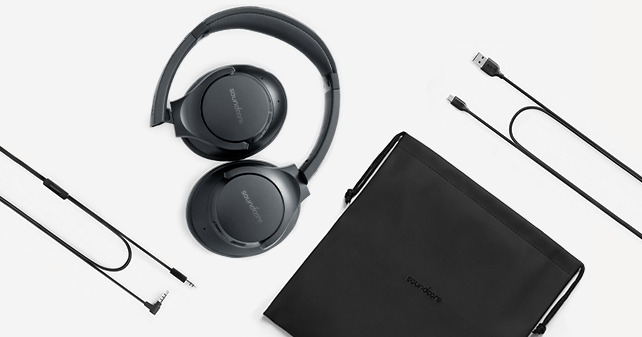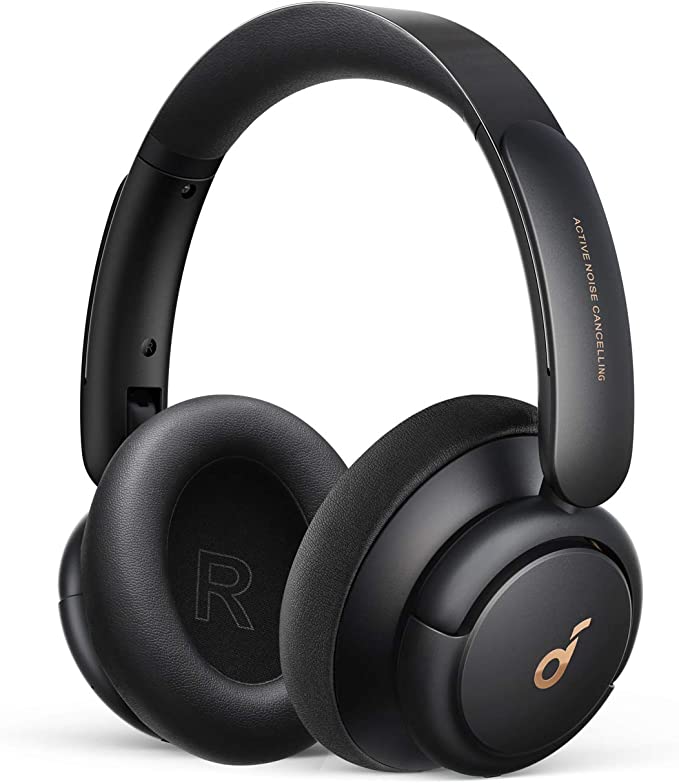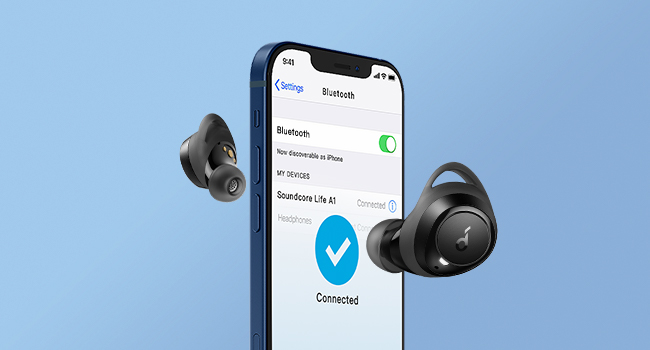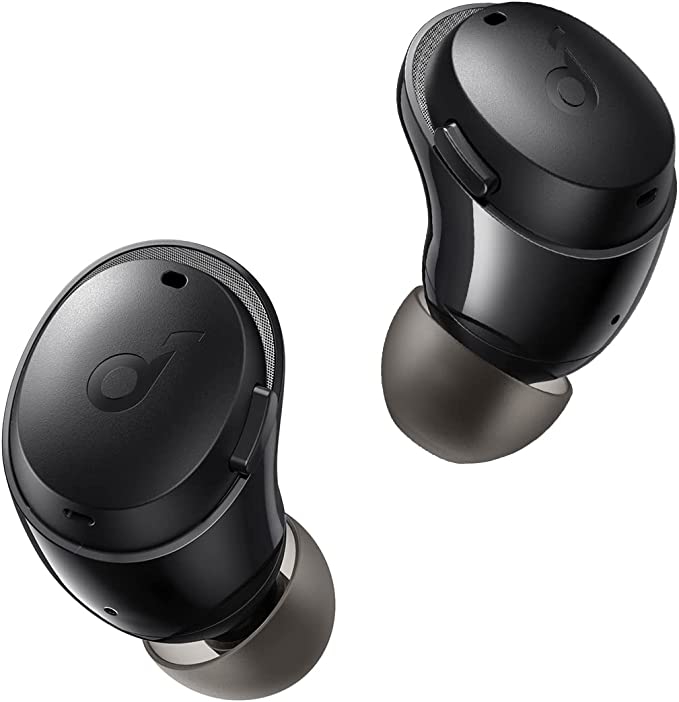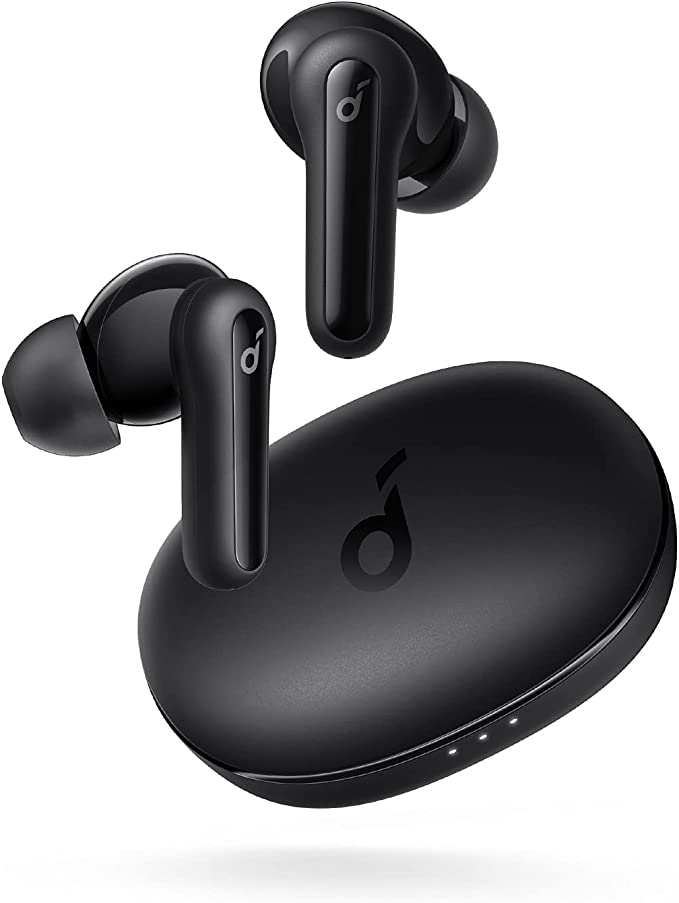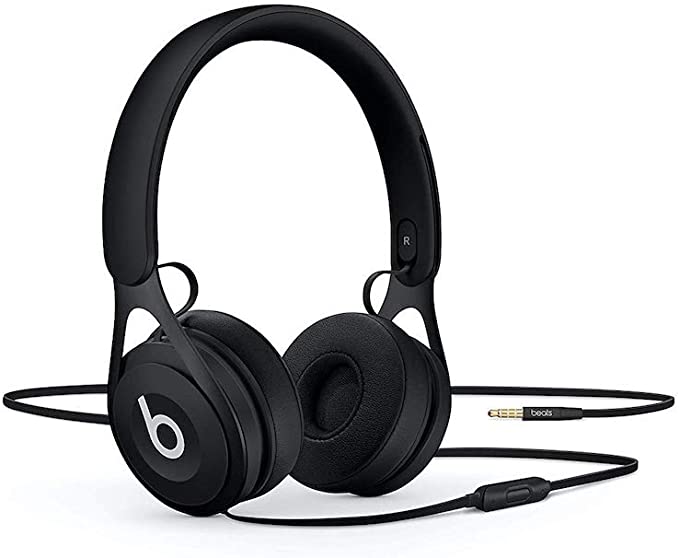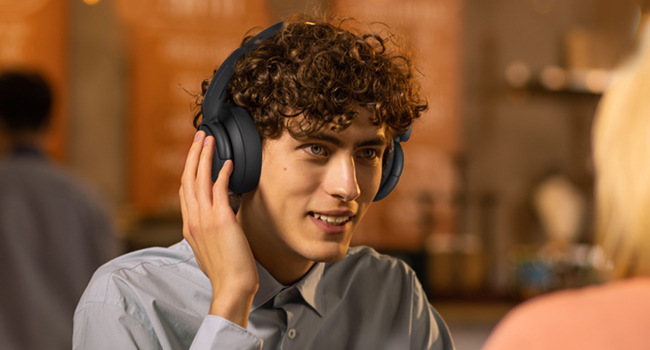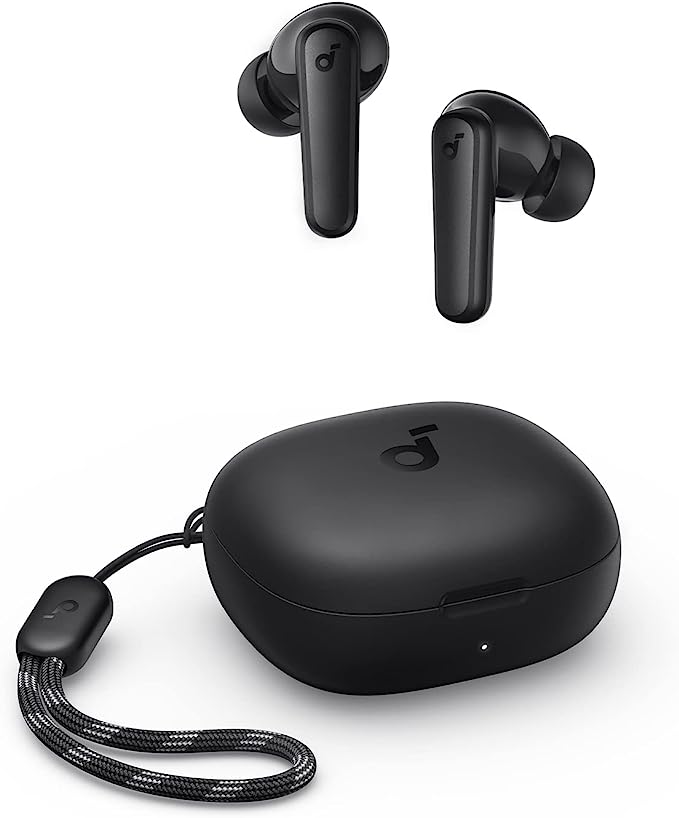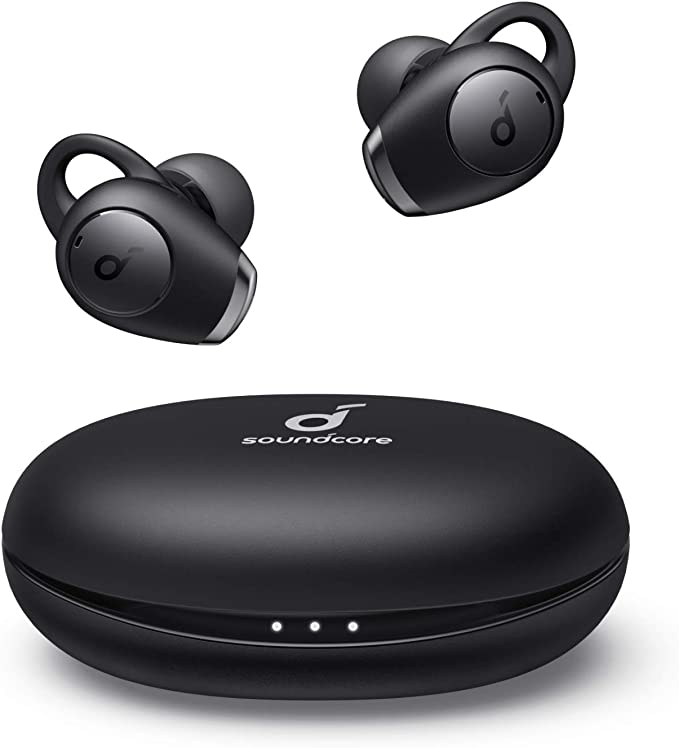The Sam Gear USA EHEH Wireless Earbuds: A Budget-Friendly Audio Escape
Update on June 19, 2025, 1:11 p.m.
In a world brimming with high-tech gadgets commanding premium prices, the siren song of the ultra-affordable alternative is undeniably potent. Enter the Sam Gear USA EHEH Wireless Earbuds, a product listed under the brand QIIZCP, waving a $9.99 price tag alongside a list of features that wouldn’t look out of place on far pricier counterparts: Bluetooth 5.3, noise cancelling claims, IPX7 waterproofing, and a generous battery life. It’s the kind of offering that makes you pause and wonder: what’s the catch? Or perhaps, what’s the quiet technological evolution that makes this possible? Let’s, as friendly tech explorers, peek under the hood and see what science, user experiences, and a bit of practical reality tell us about these budget contenders.

Bluetooth 5.3: A Modern Handshake for Your Tunes
The EHEH earbuds proudly announce “Advanced Bluetooth 5.3 Technology.” For many, Bluetooth is just that invisible magic connecting headphones to phones. But version numbers do matter, at least in theory. Bluetooth 5.3, one of the more recent iterations of this short-range wireless standard, promises several enhancements over its older siblings. Think of it as upgrading from a somewhat crackly, occasionally congested radio channel to a clearer, more robust one for your audio.
On paper, Bluetooth 5.3 is designed for improved connection stability, potentially faster pairing, and better power efficiency. The latter is particularly crucial for tiny devices like earbuds, as it can contribute to wringing out a bit more playback time. The EHEH product description leans into this, promising a “fast and stable connection” and “One Step & Auto Pairing.” Indeed, the Bluetooth Special Interest Group (SIG), the body that oversees the standard, highlights features in Bluetooth 5.3 that can reduce latency and improve robustness. For instance, it allows devices to provide a list of preferred channels, helping to sidestep interference more effectively.
However, the full magic of Bluetooth 5.3 also depends on the quality of the specific chip implementing it and the overall design of the device, including its antenna. In a $9.99 product, while the 5.3 standard offers a good foundation, the actual performance – like the connection range one user, RLuksa85, found limited (“I can’t even go to my next room without them disconnecting”) – will be a tapestry woven from both the standard’s capabilities and the manufacturer’s component choices.

IPX7 Waterproofing: Can Your Earbuds Brave a Mild Storm?
One of the more impressive-sounding specifications for the EHEH earbuds is their “IPX7 Waterproof” rating. The IP Code, or Ingress Protection Code (standardized as IEC 60529), is an international standard used to define the levels of sealing effectiveness of electrical enclosures against intrusion from foreign bodies (like dust) and moisture.
Let’s break down IPX7: * The “IP” is self-explanatory. * The “X” means there’s no specific data provided by the manufacturer regarding protection against solid particles (dust). This doesn’t mean they offer no dust protection, just that it hasn’t been specifically tested or rated under this standard. * The “7” is the crucial part for water resistance. It signifies that the device is protected against the effects of temporary immersion in water. The standard test condition for this rating involves submerging the device in up to 1 meter (about 3.3 feet) of freshwater for up to 30 minutes.
What does this mean for you and your $10 EHEH earbuds? It means they should be perfectly capable of handling “intense sweat,” as the product description suggests, making them a potential companion for “jogging, hiking, yoga, gym exercises, fitness etc.” An unexpected rain shower during your run or an accidental splash from a glass of water shouldn’t spell disaster. However, the manufacturer wisely includes a crucial caveat: “Note: Not supported for use while swimming.” This is vital. IPX7 doesn’t account for the dynamic pressure of moving through water while swimming, nor does it typically cover exposure to chlorinated pool water or saltwater, which can be far more corrosive. So, while they might survive an accidental quick dip, they’re not designed for a leisurely swim.

The Sound of Science (and Savings): Deconstructing Audio Claims
The EHEH earbuds come equipped with a “14mm vibrating diaphragm.” In the world of audio drivers, a larger diaphragm can potentially move more air, which often translates to a fuller sound, especially in the lower frequencies, contributing to that “3D HIFI Stereo Bass” claim. The product also promises “incredible sound quality with crystal crisp treble.” “HIFI,” or High Fidelity, is a term often used in audio marketing to imply accurate sound reproduction, though its technical definition can be quite broad.
But here’s where the science of acoustics meets the economics of a $10 product. While a 14mm driver is respectably large for earbuds, the final sound quality is a complex interplay of the driver material, the design of the earbud’s acoustic enclosure, the quality of the digital-to-analog converter (DAC), and, crucially, the tuning of the sound profile. At this price point, manufacturers make careful choices. User Angie Rodz loved how “crystal clear the call/music was,” and David H. found the “sound quality” to be “good.” Yet, Meika felt “they aren’t very loud either.” This subjectivity is common with audio, but it also hints that consistency and refinement might vary.
Then there’s the “Noise Cancelling Earbuds” claim in the main product title. It’s essential to differentiate here. True Active Noise Cancellation (ANC) involves sophisticated electronics: microphones listen to external noise, and the earbuds generate an opposing sound wave to cancel it out. This technology is complex and adds cost. What’s far more likely in a $9.99 product, and what the “half-in-ear design” would facilitate, is passive noise isolation. This is simply the physical blocking of some external sound by the earbuds fitting in your ears, much like earplugs. User Tim explicitly states, “they do not have a noise cancelling feature,” while Terrilynne Walker felt “They do a nice job cancelling noise.” This discrepancy, and the product’s own “Noise cancellation” feature rating of a middling 3.1 out of 5 stars, strongly suggests any perceived noise reduction is due to the physical seal rather than active electronic cancellation.

The Battery Marathon: 48 Hours on Paper, Fewer in Your Pocket?
Perhaps one of the most eye-catching specifications is the battery life: “Wireless earbuds offer up to 6 hours of playback with one charge and gives an extra 42 hours playback time with the charging case.” That’s a total of 48 hours of potential listening – a truly impressive figure. The inclusion of a “USB-C Fast Charge Mini Charging Case” is also a modern convenience, as USB-C offers a reversible connector and often supports faster charging protocols.
However, the user reviews tell a more modest story. Tim found the “playback time is wildly overstated. I’d say you get about 2-3 on a charge.” RLuksa85 echoed this with “maybe 3 hours before charging,” and Terrilynne Walker noted the “battery doesn’t last as long as described.” The product’s overall “Battery life” feature rating of 3.7 out of 5 also reflects this gap.
Why the chasm between advertised and real-world battery life? This isn’t unique to budget products. Manufacturers often test battery life under very specific, controlled conditions: moderate volume (typically 50%), a specific audio codec (often the most efficient one, like SBC), a strong and stable Bluetooth connection, and sometimes even specific audio tracks. Real-world usage is far more variable. Higher volumes, less efficient codecs (if the device or phone defaults to them), a weaker Bluetooth signal causing the earbuds to work harder, colder temperatures, and even the age of the battery (Lithium-ion batteries degrade over time) all impact longevity. For a $10 pair, expecting consistent 6-hour playback might be optimistic; a few hours of solid use per charge is a more pragmatic expectation.

Living with the EHEH: Comfort, Control, and a Chat (or Not)
The “half-in-ear design” of the EHEH earbuds aims for “Snugly Comfort,” being “ultra lightweight” and boasting an “ergonomic shape.” This design style typically sits just at the entrance of the ear canal, rather than inserting deeply with silicone tips like many other earbuds. For some, this means less pressure and more awareness of surroundings. For others, it can mean a less secure fit and poorer passive noise isolation.
User feedback highlights this subjectivity. While the product description talks about keeping “the earbuds secured during high-intensity activities,” RLuksa85 found “you move around very much and they fallout.” Meika, who identifies as having “little ears,” stated, “this isn’t for you,” and Angie Rodz, despite liking the sound, found them “uncomfortable” because her “ear canals are small.” Conversely, Chris simply said, “Good fit just not for me.” It underscores that earbud comfort is incredibly personal.
Touch controls are also part of the package, advertised as “Sports Touch Control.” David H. provided a practical example: “Touching left side activates Google assistant. Right side pauses.” He found it “cool to have the touch sensitive feature” but also “Annoying when you try to adjust the position.” This is a common trade-off with touch controls: sleekness and convenience versus the potential for accidental activation when merely adjusting the fit.
When it comes to using earbuds for calls, microphone quality is paramount. Here, the EHEH earbuds seem to stumble, according to David H.: “I hear that my audio on calls isn’t that good though. They are more for listening than for calls,” describing his outgoing audio as “fuzzy.” This is a frequent compromise in very low-cost wireless earbuds. Good quality microphones and the processing needed for clear voice capture add to the bill of materials, an area often squeezed to hit such an aggressive price point. Interestingly, Angie Rodz “was told I sounded clear no tunnel sound,” which presents a contradiction and could point to unit-to-unit variance or differing call conditions.
The Final Analysis: Finding Value in the $9.99 Venture
So, what are we to make of the Sam Gear USA EHEH Wireless Earbuds? They undeniably dangle an attractive proposition: a checklist of modern wireless audio features for the price of a couple of fancy coffees. The inclusion of Bluetooth 5.3 and an IPX7 rating at this level is a testament to how quickly technology can become commoditized and accessible.
However, the journey from a specification sheet to a satisfying user experience is paved with nuances, especially when navigating the ultra-budget segment. The user feedback collected for this product paints a picture of performance that, while functional for some, often falls short of the more optimistic marketing claims, particularly concerning battery life, true noise cancellation (it’s passive), and microphone clarity.
These earbuds might find their place with the extremely budget-conscious individual who needs basic wireless audio for casual listening, as a no-frills backup pair, or for situations where the risk of losing or damaging more expensive gear is high. They serve as a fascinating case study in the trade-offs inherent in producing electronics at rock-bottom prices. While the march of technology makes more features available for less, the bedrock of consistent quality, refined performance, and robust durability often still commands a deserved premium. For $9.99, the EHEH earbuds offer a gamble: you might get a surprisingly decent experience for the outlay, or you might encounter the very compromises that make such a price point possible.
